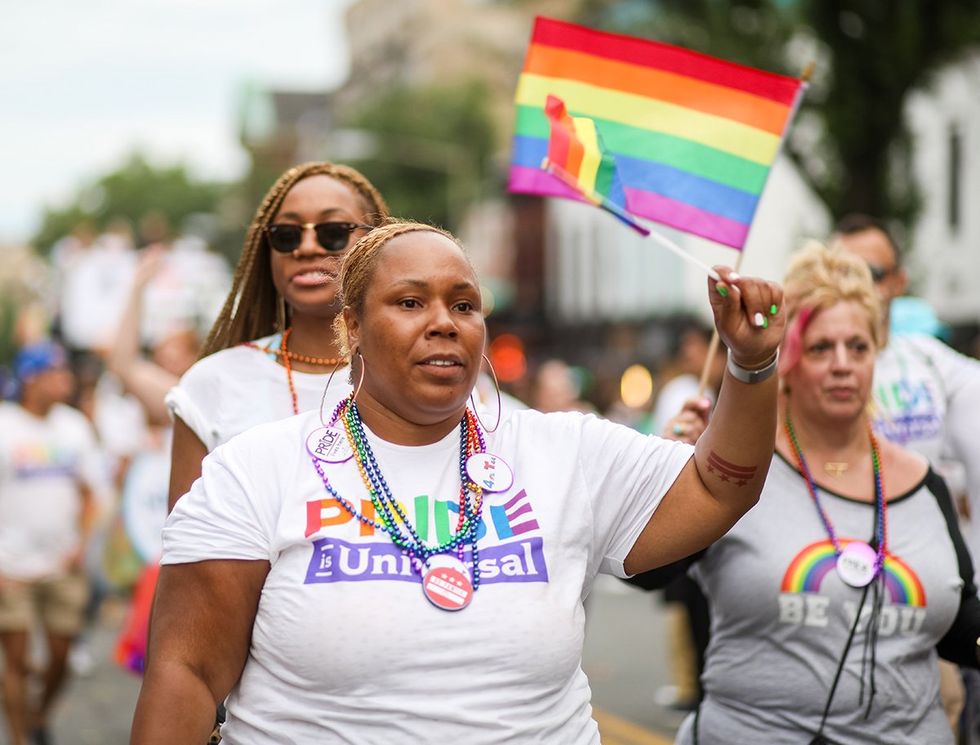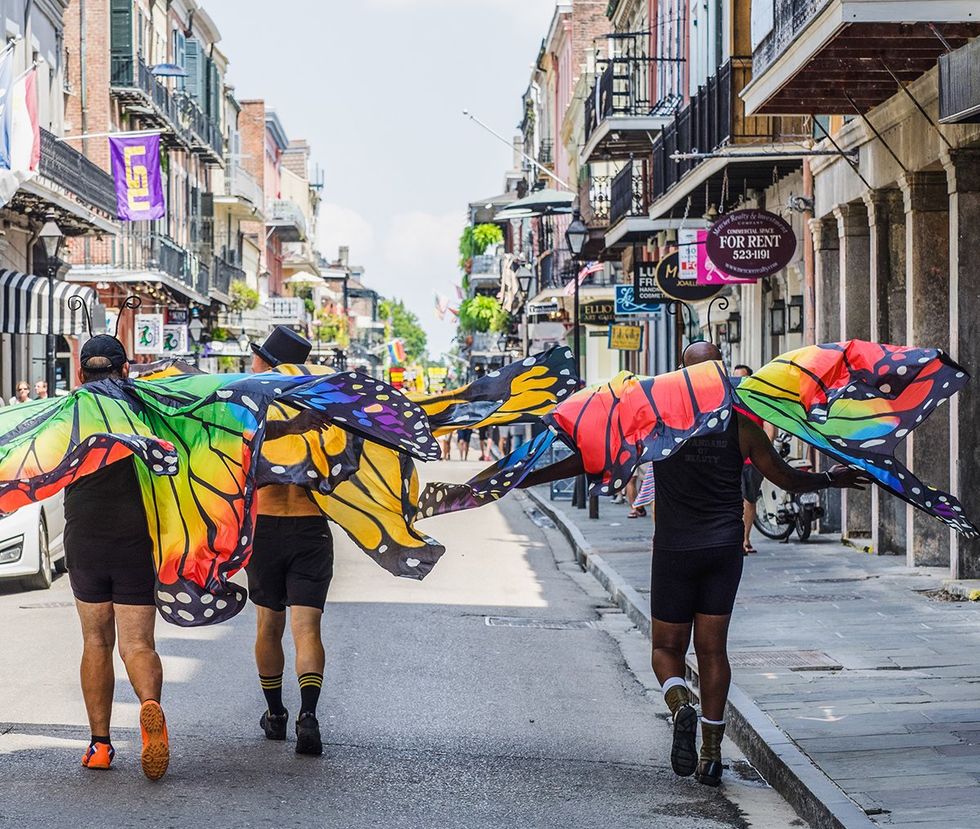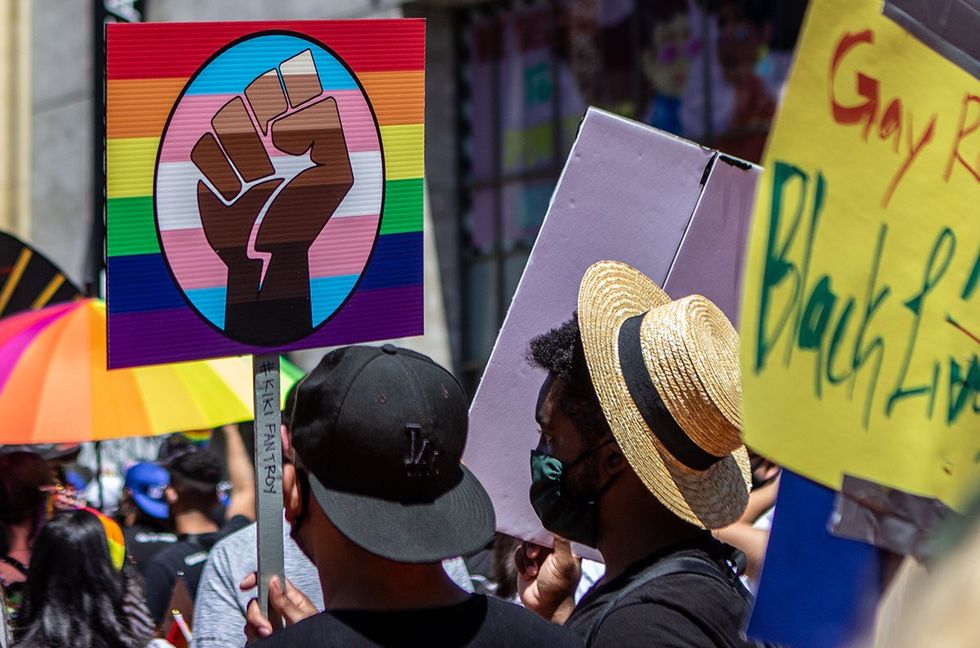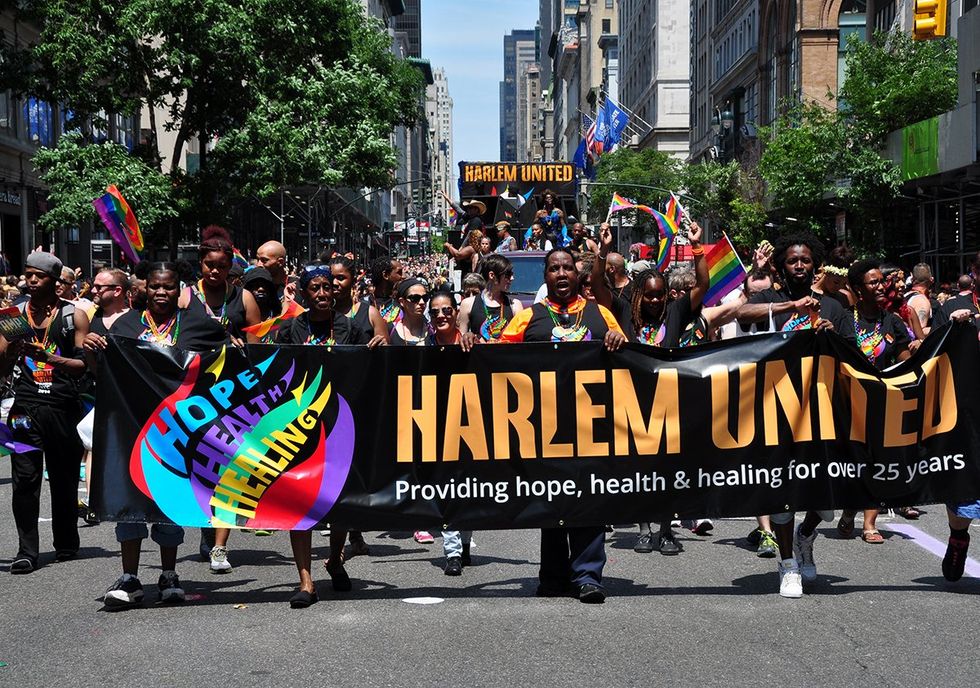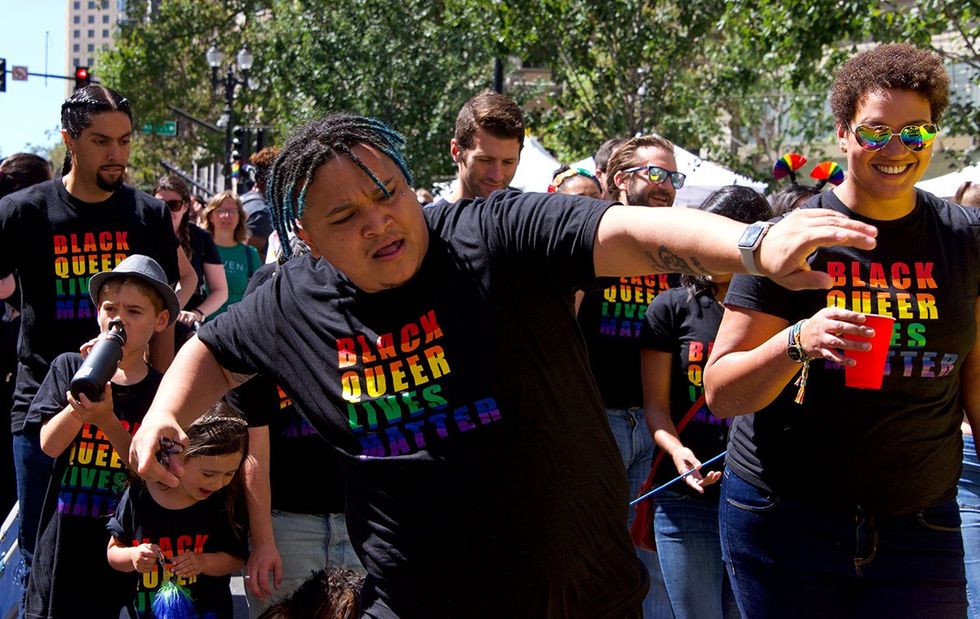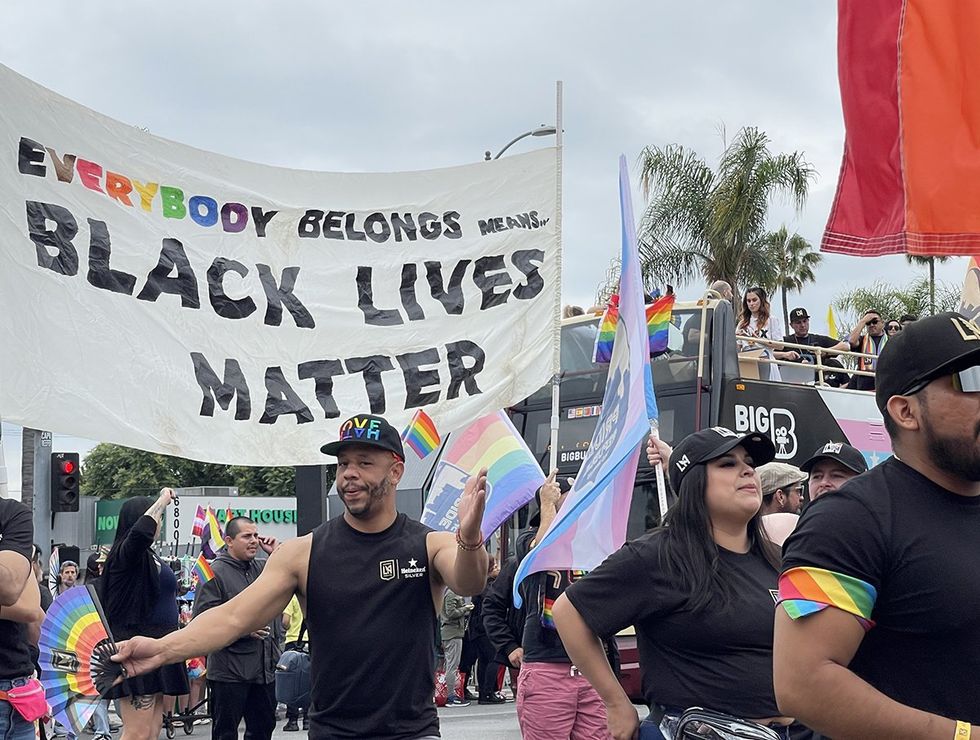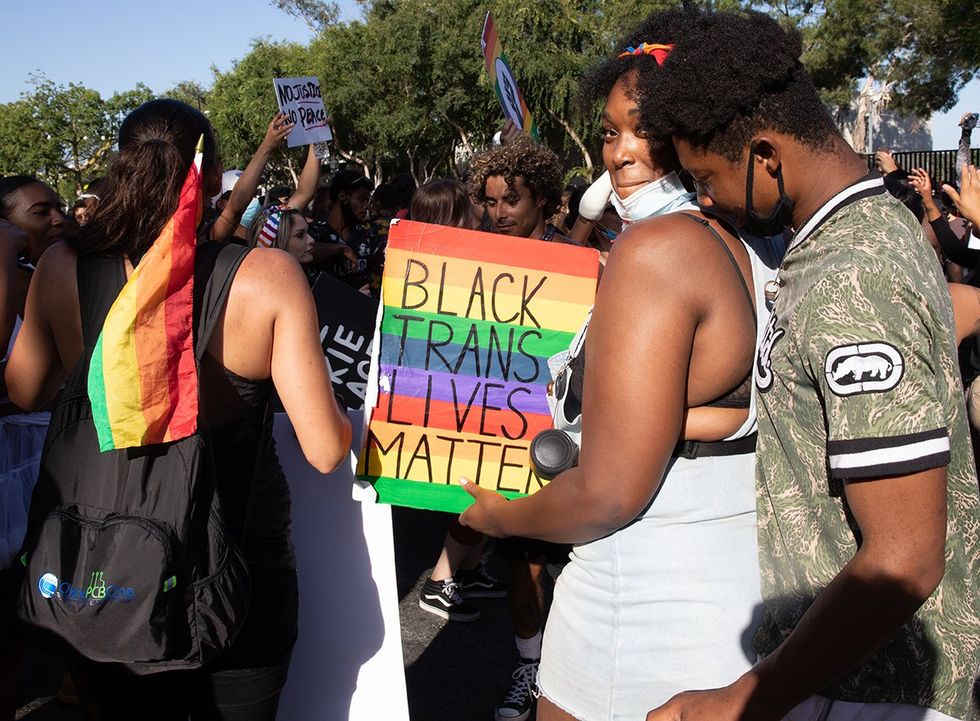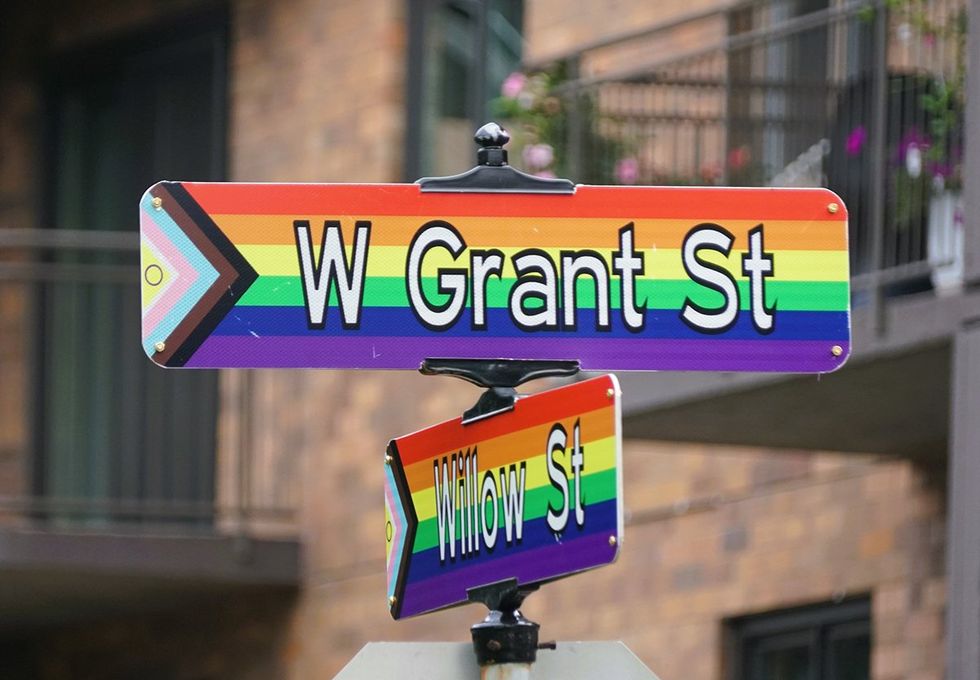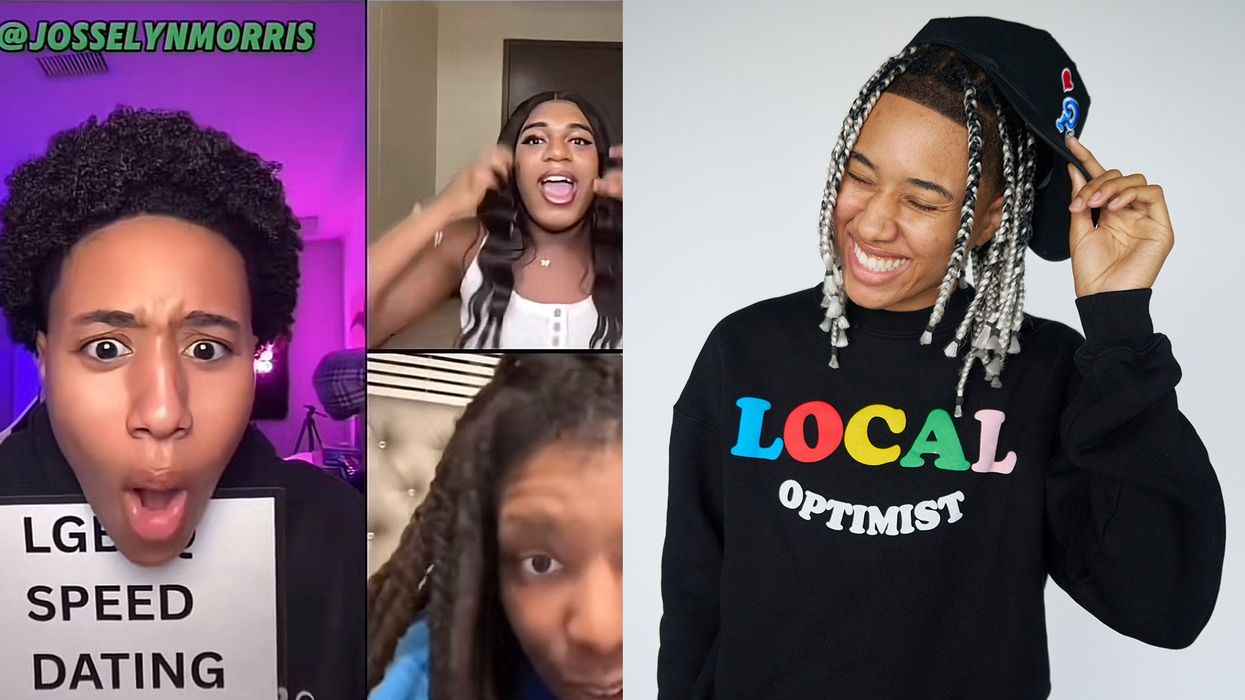OkCupid, one of the largest main-steam dating platforms, is adding a feature specifically tailored to non-monogamous folk. The feature will allow two users, listed in a relationship status as “seeing someone,” “married,” or in an “open relationship,” to link their profiles together. (This can only happen if both users agree.)
Previously, couples looking to connect with an additional person had one profile, and were thus limited to including only one person’s characteristics: gender, ethnicity, height, etc. which was confusing, misleading, and inefficient for finding others.
The desire to be in a non-monogamous or polyamorous relationship has increased in the past five years. In 2010, 39% of all OkCupid users said, "I could be convinced by the right people" when asked "Would you consider being part of a committed polyamorous relationship?" In 2015, that number rose to 45%.
Given the increase in desire for non-traditional relationships, OkCupid added the linkage feature hoping to appeal to those who are not solely looking for monogamous relationships.
Like any larger change to an online dating platform, there are pros and cons. The pros are somewhat obvious.
1. Allows for sexual exploration without fear of judgment.
2. Legitimizes a relationship type that has been deemed taboo, deviant, selfish, immature, and unethical.
3. A step forward for the LGBT+ community, given the higher rates of non-monogamous relationships in the queer community.
All of these pros are relatively straightforward. Conversely, the cons are less evident. But before delving into how this change affects the polyamorous community, we need to have a unified definition of polyamory. The definition I will use is from the Merriam-Webster dictionary. It states, “The state or practice of having more than one open romantic relationship at a time.”
The key take away from this definition: Polyamory is not synonymous with non-monogamous. Non-monogamous is an umbrella term that includes polyamorous, but also includes swingers and various other types of open relationships that focus on multiple sexual partners, but is limited to a single romantic partner. Whereas polyamory, involves multiple romantic connections. You can absolutely find definitions of polyamory that include multiple sexual relationships at one time (in addition to romantic relationships), but that’s now how many others and I understand polyamory. It’s important to note that the word polyamory came from the Greek root, “poly” meaning many or several and the Latin root, “amor” meaning love. So quite literally, it means “many loves.”
Now by linking profiles together, I would expect to see an increase in non-monogamous relationships as opposed to polyamorous relationships. I would expect to see more different-sex couples, in a committed relationship, looking for a “bisexual unicorn” – a woman who identifies as bisexual who would like to join the different-sex couple in a sexual encounter (i.e., a threesome). While there is nothing wrong with threesomes among consenting adults, that in itself, is not a polyamorous relationship. It’s an open relationship where two committed people are sleeping with someone else. The dyad, is not looking to build a romantic connection with another partner, but rather, desire to use her as a sexual prop. Again, there is nothing wrong with this, but as many bisexual women are already propositioned (i.e., harassed) on dating sites for threesomes, and are less often contacted for romantic connections, this could be problematic. The conflation between polyamory and non-monogamy could further tarnish the reputation of the poly community, which doesn’t necessarily have the best rep as is.
Additionally, but on a related note, the linkage of a couple doesn’t in any way create or facilitate connections to further create a polyamorous community. And polyamory doesn’t typically exist in isolation, with one couple being polyamorous; it typically exists in the larger context of a group of like-minded individuals. A community. This linkage doesn’t facilitate that community—again, just men and women looking for threesomes.
Despite my reservations about OkCupid’s couple's linkage feature, (which should accurately be called “unicorn hunt” feature), I would argue the benefits far outweigh the cons. It’s necessary for non-monogamous relationships to become more visible, in order for society to accept those types of relationships as valid. Nevertheless, OkCupid needs to proceed with caution at the fear of misrepresenting and further demonizing the poly community, as solely looking for sexual flings—perhaps by better clarifying and separating the differences between non-monogamous and polyamorous.










































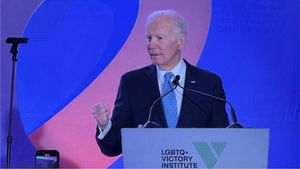





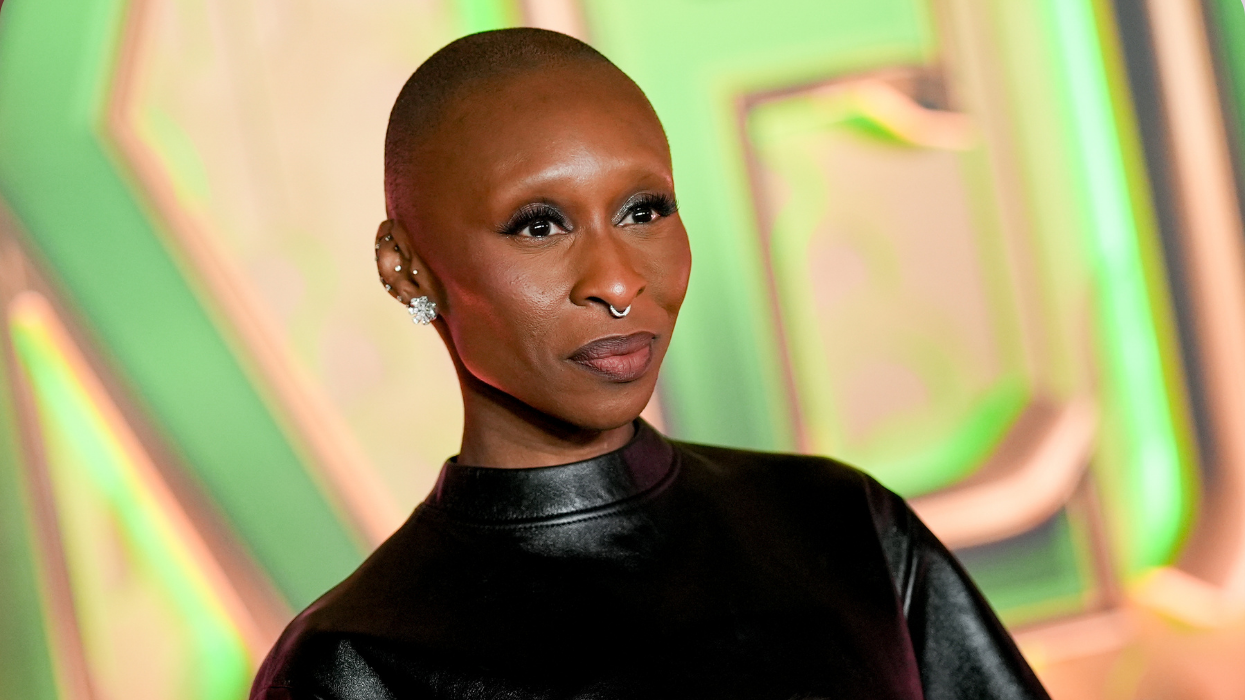


 Sapphic outlaw moviesNew Line Cinema; A24; Samuel Goldwyn Company
Sapphic outlaw moviesNew Line Cinema; A24; Samuel Goldwyn Company
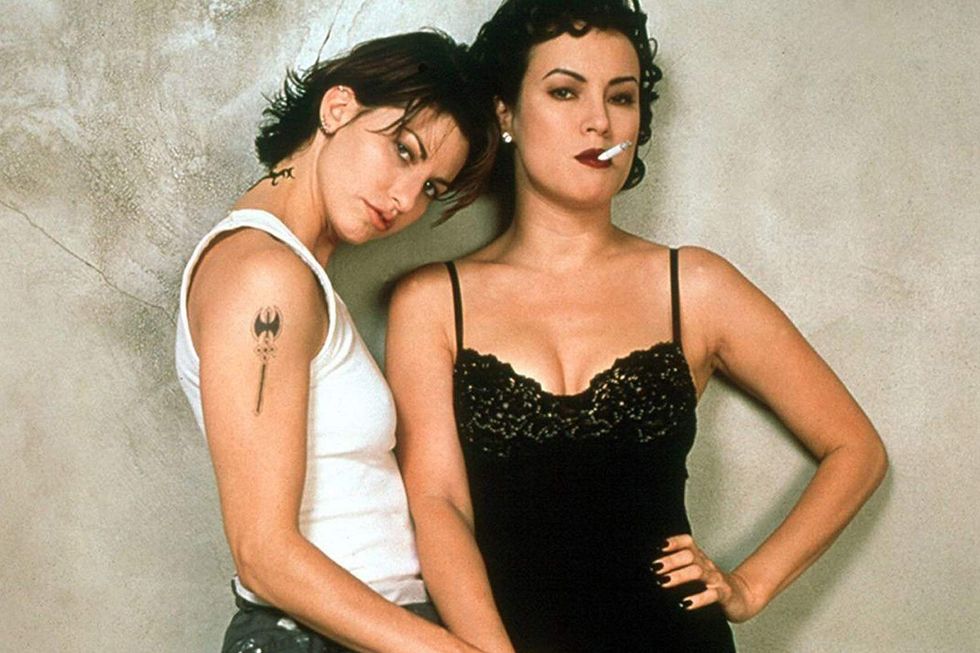


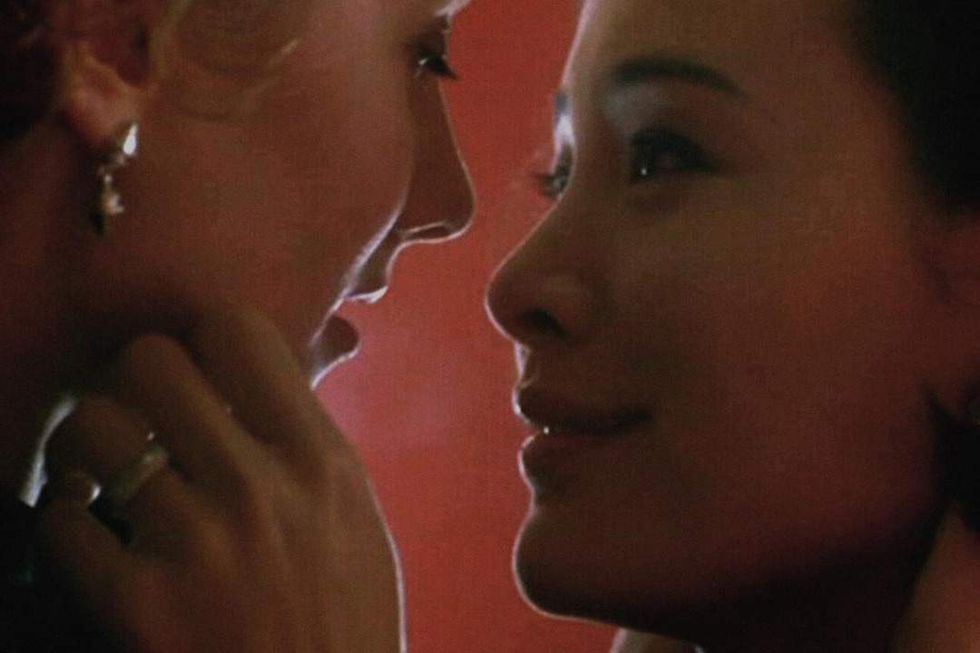
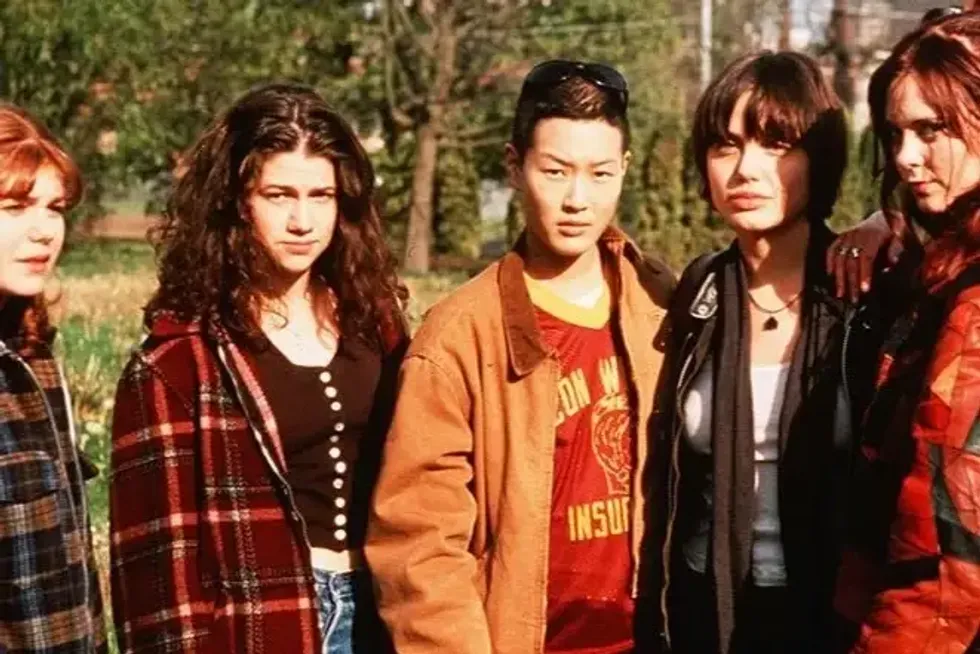














 35 bisexual pop anthems we have on constant repeatYouTube.com/Binoy
35 bisexual pop anthems we have on constant repeatYouTube.com/Binoy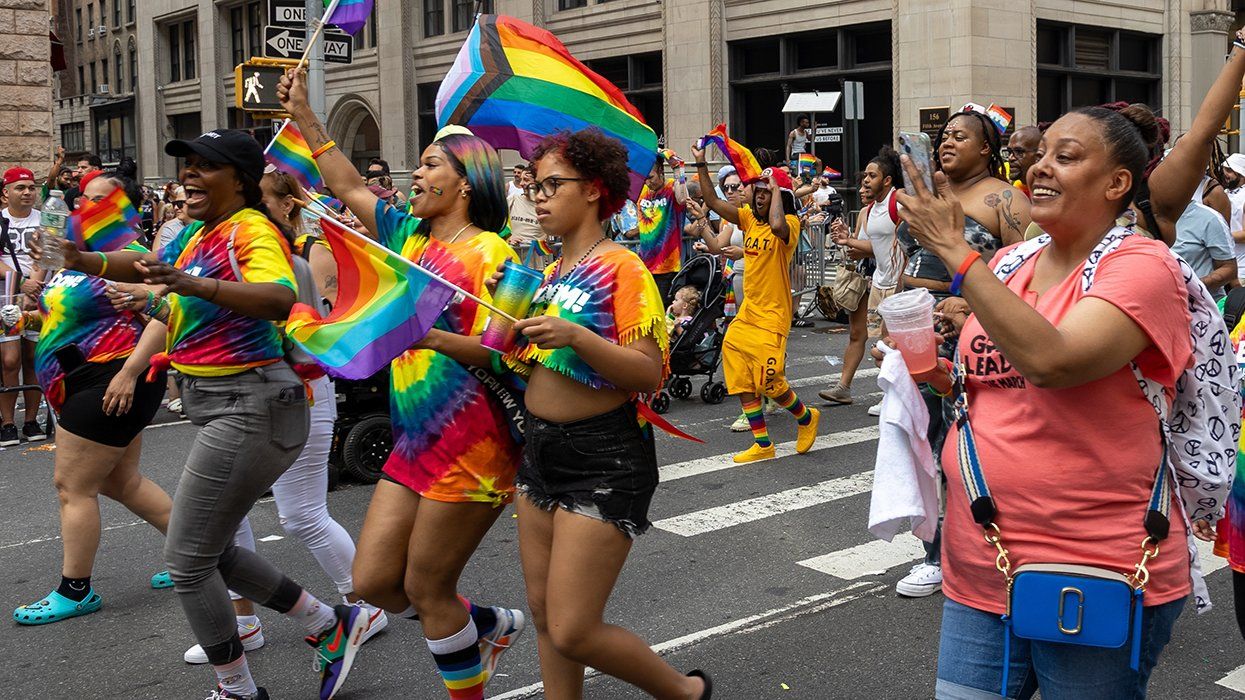
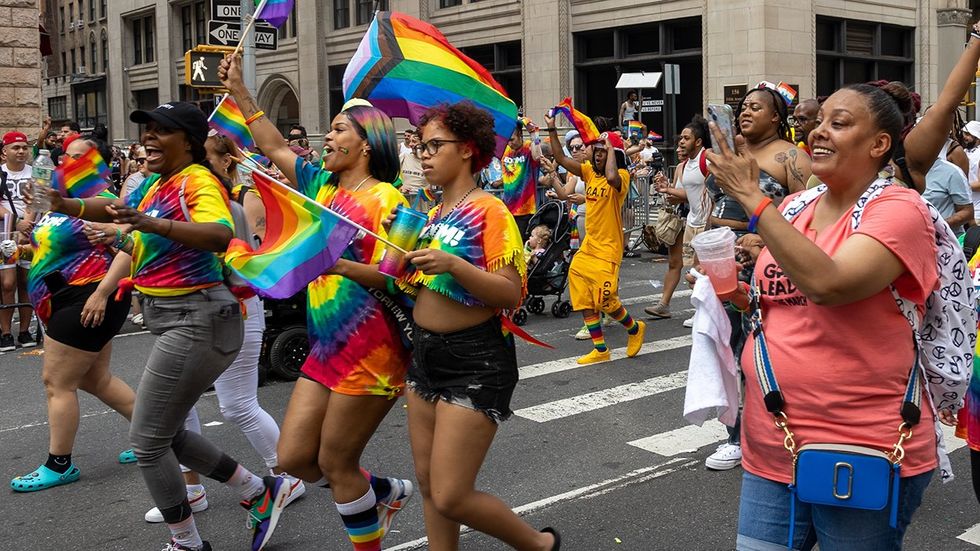 Kirkam/Shutterstock
Kirkam/Shutterstock